Use transformations to graph the function. Determine the domain, range, and horizontal asymptote of the function.f(x) = -2x+3 + 4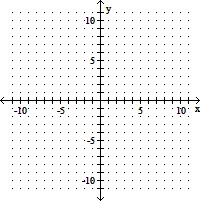
A. domain of f: (-?, ?); range of f: (-?, -4);
horizontal asymptote: y = -4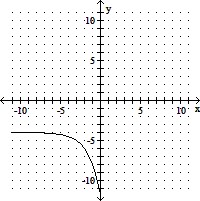
B. domain of f: (-?, ?); range of f: (-4, ?);
horizontal asymptote: y = 4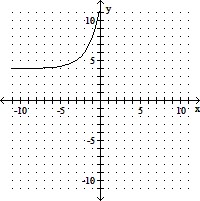
C. domain of f: (-?, ?); range of f: (-?, 4);
horizontal asymptote: y = 4
D. domain of f: (-?, ?); range of f: (-?, -4);
horizontal asymptote: y = -4 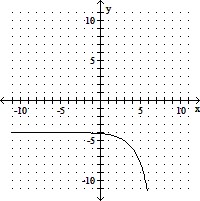
Answer: C
You might also like to view...
Solve the problem.A right triangular plate of base 4.0 m and height 2.0 m is submerged vertically, as shown below. Find the fluid force on one side of the plate if the top vertex is 1 m below the surface. 

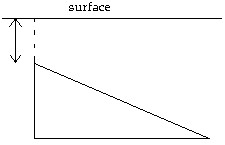 4.0 m
4.0 m
A. 170,000 N B. 85,000 N C. 78,000 N D. 52,000 N
Determine whether the equation is a linear equation in two variables.9y = x - 4
A. yes B. no
Evaluate the function for the given values of a and b. Then use the intermediate value theorem to determine which of the statements below is true.a = 1, b = 2f(x) = x4 - 7x3 + 12x2 + 11x + 19
A. f(1) and f(2) have the same sign, therefore the intermediate value theorem cannot be used to determine whether f has a real zero between 1 and 2. B. f(1) and f(2) have the same sign, therefore f does not have a real zero between 1 and 2. C. f(1) and f(2) have opposite signs, therefore f has a real zero between 1 and 2. D. f(1) and f(2) have opposite signs, therefore f does not have a real zero between 1 and 2.
Use factoring and the root method to solve the polynomial equation.x4 - 6x2 + 9 = 0
A. 3
B. - ,
, 
C. -3, 3
D. 